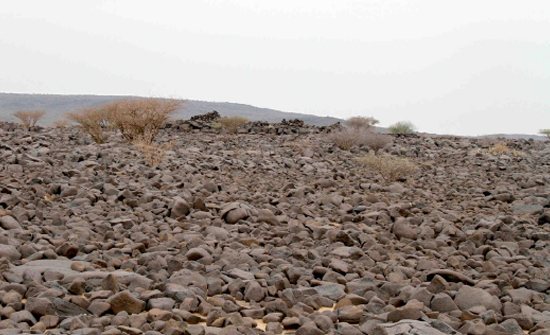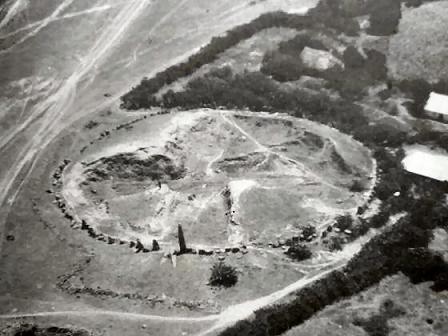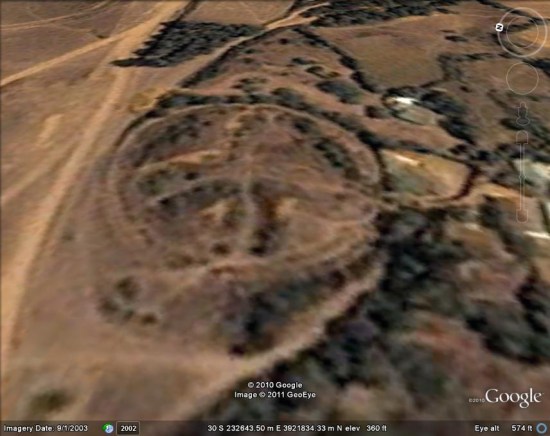Back in 2006, Scott Madry made news by with some archeological discoveries in France, and was first given the name of an “armchair archeologist” to describe a person that uses Google Earth (or related software) to make significant archeological discoveries in other areas of the world.
More recent examples include the discovery of a buried Peruvian pyramid and meteor craters in Australia and the Saharan Desert.
However, today’s story takes those to a whole new level, with David Kennedy of Perth, Australia discovering nearly 2,000 archaeological sites in Saudi Arabia!
To be sure of what he was looking at, Kennedy had a friend in Saudi Arabia visit a few of the sites to make sure they weren’t just shadows or other natural formations. His friend was able to confirm his discoveries, as seem in the image below:

Details of these finds and the methods used to uncover them have been posted in the Journal of Archaeological Sciences
As Curt Hopkins at ReadWriteWeb points out, tools such as Google Earth won’t allow archaeologists to do all of their work from a computer. However, we’ve already seen many examples of how data discovered in Google Earth can be used to pinpoint locations to dig, potentially saving many hours.

